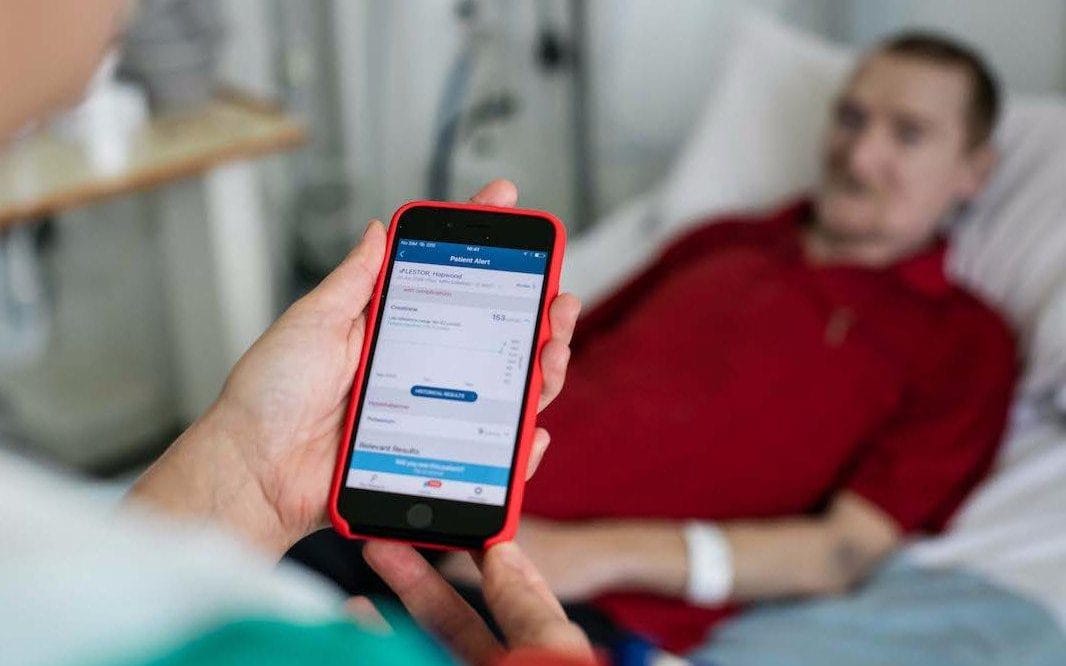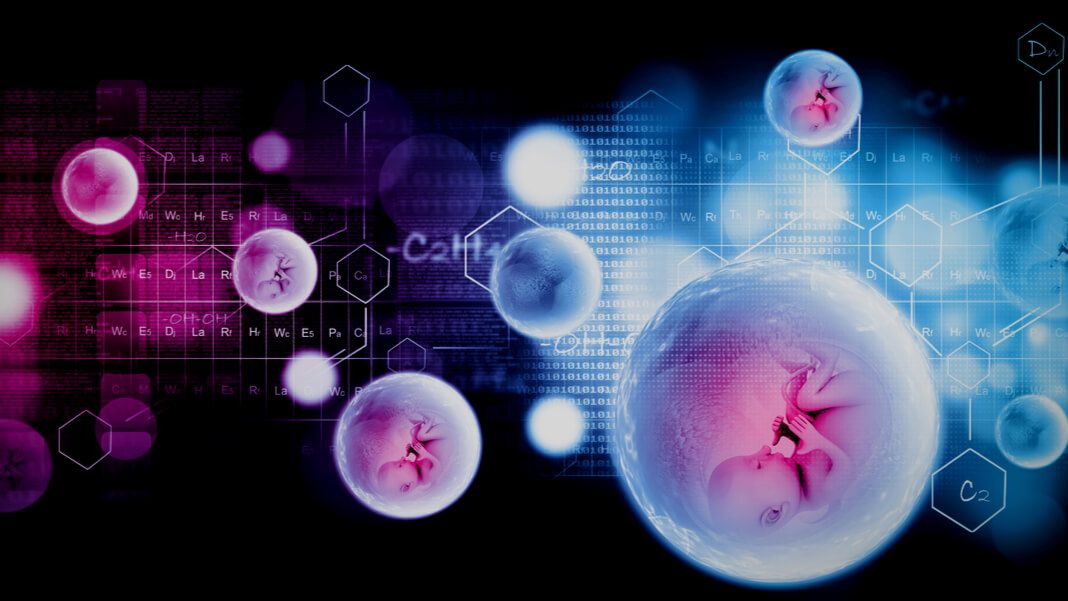As ESA’s ɸ-week continues to provoke and inspire participants on new ways of using Earth observation for monitoring our world to benefit the citizens of today and of the future, it is clear that artificial intelligence is set to play an important role.
Taking place at ESA’s centre of Earth observation in Frascati, Italy, on 12–16 November, ɸ-week has drawn hundreds of people from numerous disciplines to explore innovation, new technologies and cross disciplinary cooperation – to see how satellite data coupled with new technologies such as artificial intelligence can bring benefits to science, business, the economy and society at large.
One might initially associate artificial intelligence and machine learning with robots and science fiction. However, it is, without question, seeping into our everyday lives through, for example, digital advertising, speech recognition tools and innovations such as Apple’s Siri and Amazon’s Alexa.





